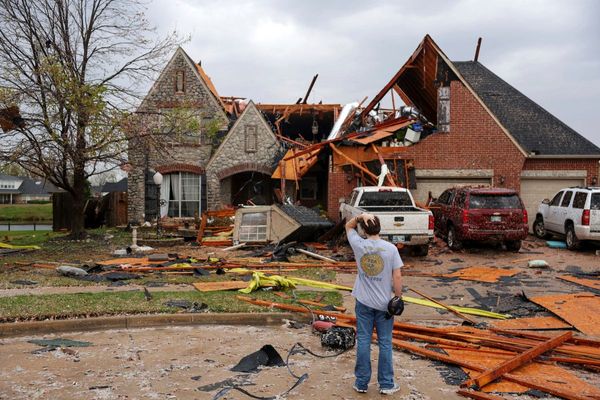
While the idea that video games would cause teenagers to commit violent or serious crimes has been widely debunked by the American Psychological Association today, try telling that to your parents a teenager back in 1999. After the release of Grand Theft Auto in 1997, gamers of a certain age will remember having to either play the game at their friend’s house or, being the friend who was actually allowed to have the game at all. Like the “blood codes” for Mortal Kombat in 1993, for teenagers, the illicit nature of the first two Grand Theft Auto games only added to their appeal.
Now, twenty-five years after the release of the second Grand Theft Auto — Grand Theft Auto 2 — it’s easy to forget what all the fuss was about. Most gaming experts correctly point out that the actual mechanics of GTA 2 weren’t that different from the original, and that the franchise didn’t really make a leap forward until 2001, with the more realistic, and even more controversial game Grand Theft Auto 3. But in a pre-9/11 culture, 90’s teens of the Clinton Years knew that the fantasy crime in GTA 2 was the most faux-dangerous thing you could play. And yet, Rockstar games softened GTA 2 with two subtle changes — alterations that were slight enough to go unnoticed, and today, were almost totally forgotten.
Join a (crime) team
The biggest upgrade in GTA2 was the idea that to advance in the game, you could align yourself with different crime syndicates. Now, syndicates existed in the first game, because that’s mostly how you get your various criminal missions assigned. In fact, Westworld Season 3 sort of captured this idea perfectly when humans in the future were shown accepting crime jobs on a handy mobile phone app. The point is, with a veneer of retrofuturism in place, GTA 2 almost predicted this kind of cyberpunk approach to criminals looking for gigs. The difference between GTA 1 and GTA 2 was subtle but simple. The more cred you gain with a specific syndicate, the more that would cause other crime syndicates to hate you.
In other words, there were a few more consequences for your criminal actions in GTA 2 than in the original game. On top of that, sowing utter chaos with randomly (off-mission) destructive acts would just cause you to get arrested by the cops faster. Seen from this point of view, GTA 2 had an accidental anti-crime message. You had to play by some kind of rules, otherwise it would be impossible to advance to different levels. This isn’t to say there was some kind of analogous life lesson in GTA2, but repeated playing did reveal it to be a top-down shooter, that was, actually, a low-key strategy game.
Welcome to ‘Anywhere City’

Adding to the fantastical and otherworldly nature of the game, GTA 2 is the rare game in the franchise that features a grid that isn’t based at all on a real city. Instead, at the time, Anywhere City is suggestive of a vaguely futuristic city, a few decades into the future. We know it’s supposed to be the future, because there’s no exact time frame for the game, and there are too many futuristic weapons for this to be “the present.”
As sci-fi world-building goes, this is fairly unconvincing. But it does allow for GTA2 to draw attention to its own artifice a bit, and remind the player that this is, in fact, a game. Stealing cars and joining crime syndicates in your actual hometown is a bad idea, but in Anywhere City, sometime in the future, anything goes. Rockstar wasn’t trying to let itself off the hook from controversies per se, but from an artistic perspective, this move is borderline postmodern. Because the GTA franchise had been accused of trivializing real crime, GTA2 suggests that the depiction of any of those things in any kind of “real” space is impossible. Hence, “Anywhere City” became the 1999 video game version of an Andy Warhol painting. It basically mocked its own setup by creating an extra-false version of itself.
Young players in 1999 weren’t worried about any of these nuances, of course. But that doesn’t mean that nuance isn’t there. Grand Theft Auto 2 may not be any gamer’s favorite incarnation of the game but from the perspective of where philosophy meets heart-pumping gameplay, this may have been the moment in which the franchise was at its most honest.







